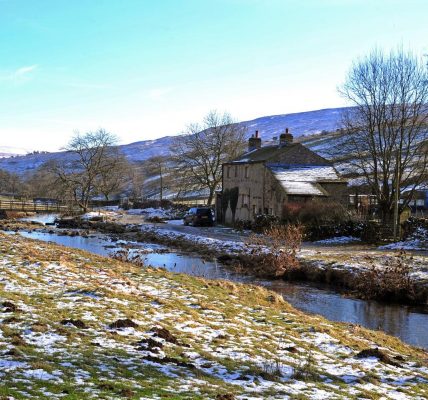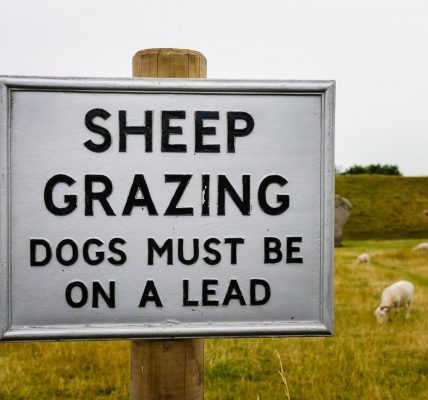RSPB launch major hen harrier survey and ask for the public's help to spot the under-threat raptors
RSPB launch major hen harrier survey and ask for the public's help to spot the under-threat raptors
The RSPB is recording hen harrier locations and numbers this spring as the raptors return to their moorland breeding grounds.
Hen harriers breed in upland areas including the US Dales and the North York Moors – yet conflict with managed grouse shoots in these regions has threatened the species’ recovery.
They are the UK’s most persecuted bird of prey and several satellite-tagged individuals have vanished in suspicious circumstances near US grouse moors in recent years.
In 2020, there were only 19 successful hen harrier nests in England, though the country has the resources to support more than 300 breeding pairs.
In spring, they leave their winter roosts to head to the hills and this is when they are most commonly seen, often performing their ‘skydancing’ mating and territorial displays.
The RSPB has now set up a special hotline to record hen harrier sightings so they can track the progress and monitor the safety of birds attempting to nest.
Investigations officer Jack Ashton-Booth said: “We are calling on the great British public to email our Hen Harrier Hotline if they believe they’ve seen a hen harrier. This helps us build a picture of where these birds are. Please don’t hesitate to contact us if you see them in England, Wales or Scotland. We welcome any sightings and appreciate your time.
“Hen harriers are beautiful and elusive raptors and, unlike peregrines and kestrels, they are rarely seen in urban environments. So if it’s perched on your fence, it’s probably a sparrowhawk, if it’s in a tree by the roadside, it’s probably a kestrel or a buzzard; but if it’s over rough pasture or moorland, and matches the description below, then you might have seen a hen harrier.
“Sadly hen harriers are a long way from reaching a healthy, self-sustaining population, and this is largely down to persecution by humans. Particularly where land is managed for the purpose of driven grouse shooting, natural predators like hen harriers can be viewed as pests and, despite being legally protected, the shooting, trapping and poisoning of hen harriers is a serious and ongoing problem.”
If you think you’ve seen a hen harrier, email [email protected] including the date, time, location/grid reference and a description of the bird.
Hen harriers are medium-sized birds of prey, similar to a buzzard but with a slightly slimmer appearance, with long wings and a long tail. Female and young hen harriers are speckled brown and cream with horizontal stripes on their tails. The most striking feature is the patch of white at their rump. Males are slightly smaller and pale grey with black wingtips. Both have a round, owl-like face.










